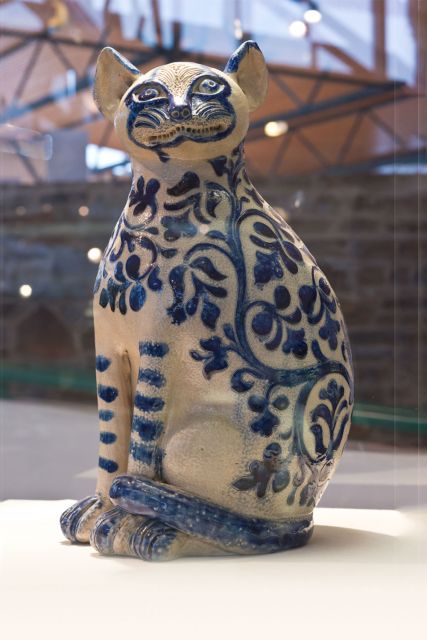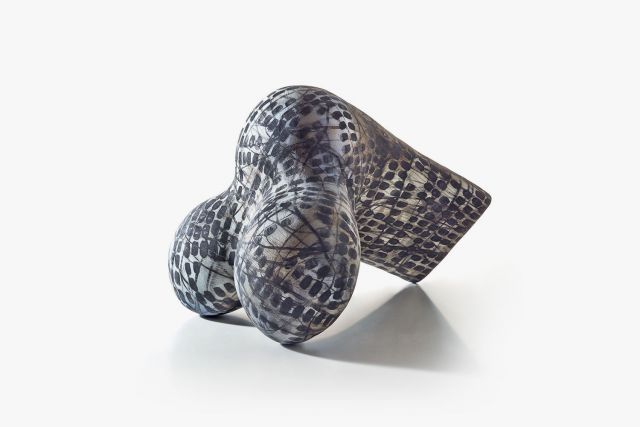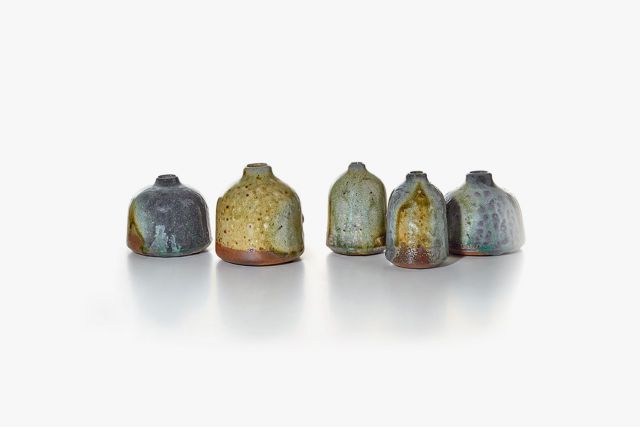 Ausstellung unten_Baumann GmbH Hîhr-Grenzhausen@Keramikmuseum Westerwald.jpg.jpeg)



The Keramikmuseum Westerwald
- Höhr-Grenzhausen, Germany
- Museum
Tuesday to Sunday 10:00 - 17:00
+49 (0)2624946010
The Keramikmuseum Westerwald resides in an impressive building that contains four exhibition levels arranged around an axis. It was founded in 1976 by the Westerwald local authority to showcase objects from a former museum in Montabaur alongside property of the nearby town of Höhr-Grenzhausen, which is famous for its ceramics production. While exhibiting ceramics from many eras, the museum places particular emphasis on salt-glazed stoneware, with permanent works by Wim Mühlendyck, the Giefer-Bahn siblings and above all Heiner Balzar. It represents a meeting place for the fusion of arts and crafts, technology and education, history and the future.
Dynamic special exhibitions shed light on historical themes and artistic viewpoints, while professional guided tours and workshops take visitors on a journey through the immaterial cultural heritage of the so-called Kannenbäckerland (literally 'land of the jug baker'), an important area of ceramic production due to its clay deposits. The result is a profound and thought-provoking visitor experience.









